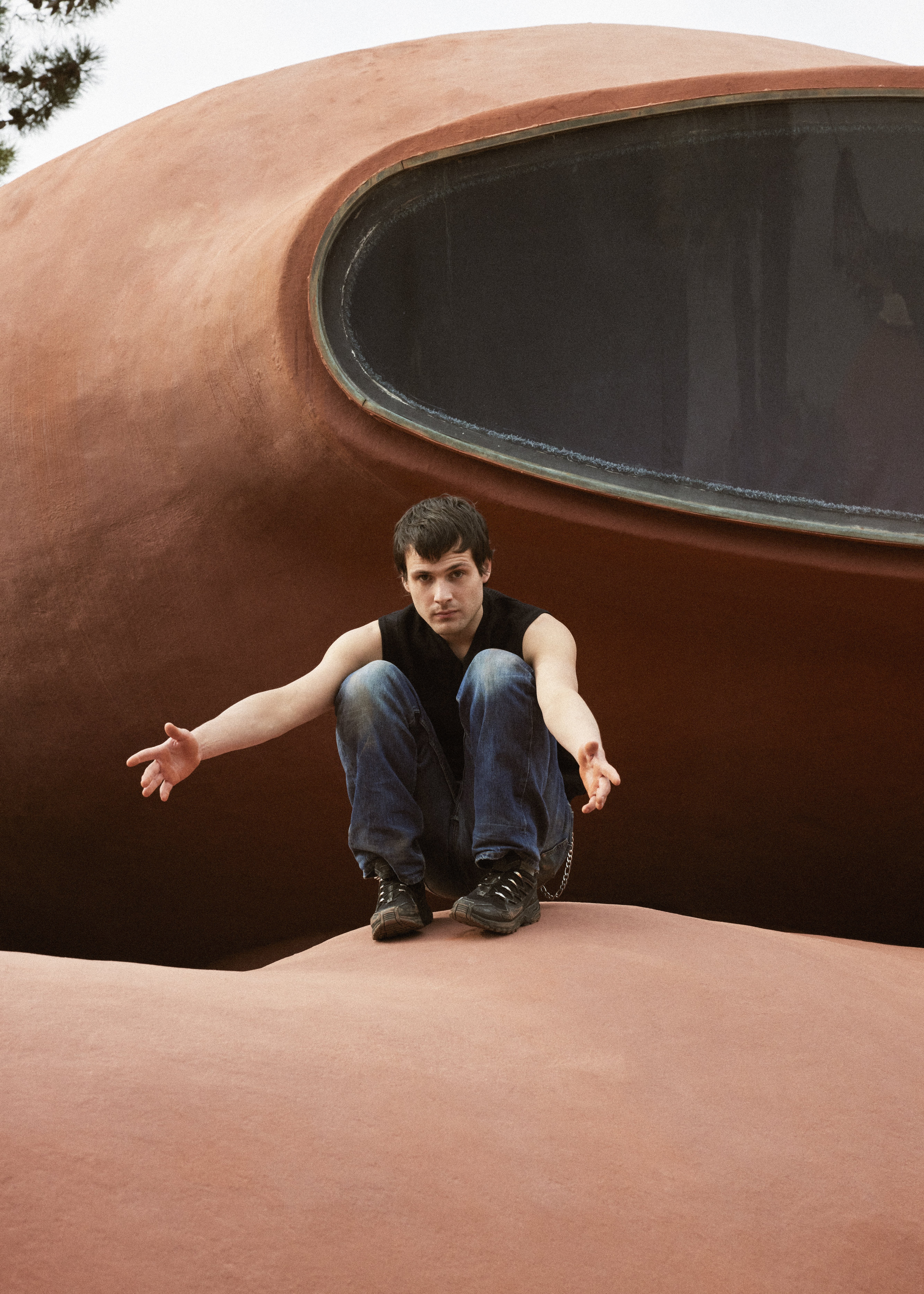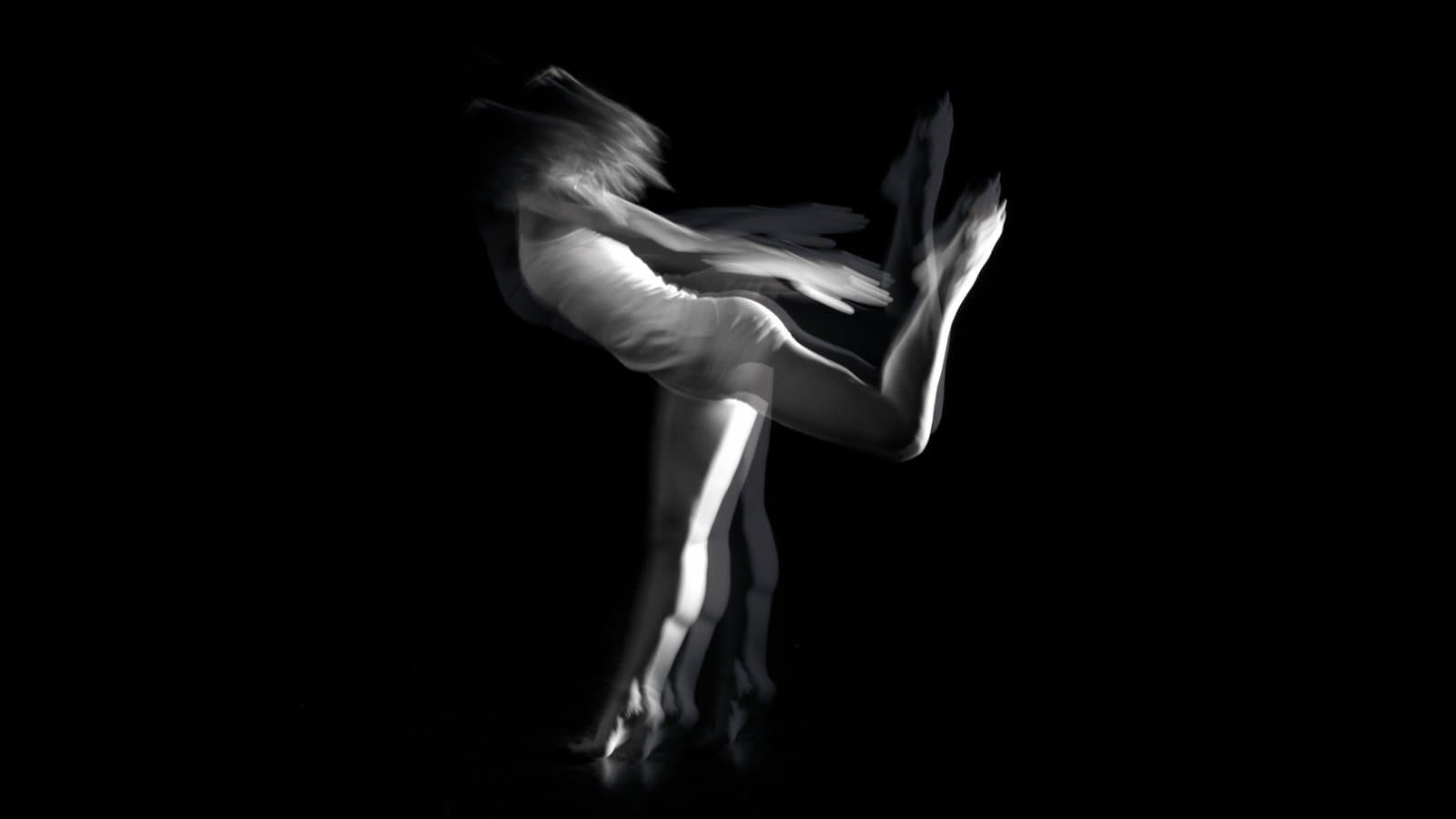With her loose, stripped-down approach to movement, Trisha Brown (1936-2017) made her mark on dance history – and played a role in the personal history of some artists, too, including Noé Soulier. In 2020, while the pandemic was keeping bodies apart, the French choreographer asked the Trisha Brown Dance Company to teach her Roof Piece remotely to the students of the Centre National de Danse Contemporaine (CNDC), which he had just taken over as director.
In Angers, young dancers perched on the city's rooftops responded to each other, just as Brown's performers do in the video below, shot in Pantin in 2015. In a full-circle moment, Soulier is now in the process of creating a new work for the Trisha Brown Dance Company in New York – and reminisces here about Roof Piece, which took the city’s skyline as its sole décor.

Roof Piece is perhaps one of the most striking works ever made when it comes to art in urban spaces and the confrontation of dance with non-theatrical spaces. Yet it is more than that. It also explores how the gaze changes in this set-up: The performers are far apart and placed in a line, following each other across the rooftops of New York or, here, Pantin. A sort of signal is sent out by the first performer, who improvises a gesture that is then reproduced by the second, the third, and so on. The gesture will inevitably be somewhat transformed by the distance, which alters the very nature of the movement. Audience members are usually positioned on rooftops or in places where they can see all or part of the scene – they are therefore quite far from the dancers. What's astonishing is that both the audience and the dancers are caught up in this experience of deciphering.
I've never performed Roof Piece. In Angers, I kept an eye on how the platforms were set up – in fact, we had one installed on water. What I do know is that there are no pre-established steps: that would make it too easy to recognize and then reproduce the piece. Instead, the choreography evolves within a global movement style that is idiosyncratically Trisha Brown's. For a long time, I tried to define this style, its physicality. I believe that what this style makes visible are fundamental laws of motion which do not depend on us, yet play a part in movement: gravity, inertia. Trisha's company uses the English word “momentum” a lot. It comes from physics; technically speaking, it describes the quantity of movement, i.e. the product of mass and acceleration. Without going too much into theory, you can feel it by giving momentum to your arm in space, for example. It seems to me that this lends Trisha's style a certain sense of freedom, or that famous “release,” which is more a practice of letting go than a form of relaxation.
I was extremely influenced by this technique and Trisha Brown's work when I was a student. At the time, we took part in a revival of Set and Reset. Coming from a ballet background, it led me to discover a different vocabulary, a whole new approach to movement, not only in terms of form but also in the way it was experienced. It was like being transported into another world, moving from a geometric understanding of things to another, more mechanical one. When I started choreographing, I wondered what other ways of defining movement might exist outside these two paradigms. I started to work on movements motivated by practical goals: hitting, throwing, avoiding, etc. I tried to create a situation where this goal was very concrete for the performers but unidentifiable for the audience. That requires forms of distortion – for example, hitting imaginary objects, or hitting with fragile body parts such as the throat or the rib cage. The vocabulary I'm developing is quite removed from the physicality of Trisha Brown's dancers. By creating a new work today with eight of the company's dancers, I'm interested in seeing what kind of dialogue we can establish between these different relationships to the body, these different practices and modes of composing movement. The game is endless.
This interview with Noé Soulier was conducted by Léa Poiré and lightly edited for clarity.
Léa Poiré is an independent journalist based in Paris and Lyon. After studying choreography and being in charge of the dance pages and co-editor in chief of Mouvement magazine, she now works as a culture journalist and media editor, and she collaborates regularly with choreographer Mette Edvardsen as a researcher. She and Laura Cappelle are editing the fourth issue of CN D Magazine.










